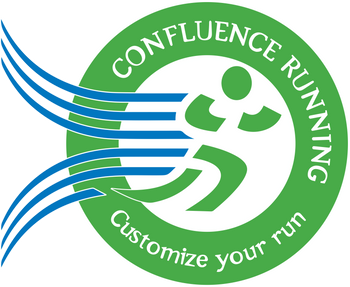Mastering Breath Control: Key Drills from Learn to Swim Session 2

During our second session, we built on the foundational skills from the first class and introduced a series of techniques to enhance comfort with putting your face in the water. The major focus was on breath control (“bubbles”) and moving under the surface through “bobs,” which help students gain confidence in submerging and resurfacing safely.
Warmup Review
-
Standing Kick (3×20 seconds):
- Emphasis on straight legs and pointed toes to get used to efficient kicking form.
- These short intervals introduced the idea of consistent body positioning early in the class.
-
Sit & Kick (2×20 seconds, easy pace):
- Continued focus on pointing toes and creating splash with little knee bend.
- Provided a gentler way to reinforce the kicking motion before moving into harder efforts.
-
Marching to the Break Line and Back:
- Practiced walking through shallow water for comfort and better awareness of balance, buoyancy, and water resistance.
Check It Out: How Do Plyometrics Aid in Adaptations? | Circuit Training | Overview of Basic Biomechanics
Pre-Set: Interval-Based Kicking
-
Sit & Kick: 6 Rounds
- Work Interval: Started at 10 seconds of hard, fast kicking, gradually adding +1 second each round (11s, 12s, and so on).
- Rest Interval: Began at 20 seconds, subtracting –1 second each round (19s, 18s, etc.).
- Goal: Feel the difference as work time increases and rest decreases, pushing you to maintain technique and speed under fatigue.
Drill Set: Mastering Breath Control and Submersion
This session’s drills centered on getting comfortable with having your face (and eventually your entire body) under the water.
-
Bubbles:
-
Progression:
- Submerge mouth and nose only, exhaling gently through the mouth.
- Submerge just the face, exhaling through both mouth and nose.
- Practice “forceful” exhales underwater—take a deep breath above the surface and release quickly as bubbles below.
- Purpose: Build confidence in controlling your breath underwater, a crucial step toward a relaxed freestyle.
-
Progression:
-
Bobs:
- Basic Bob: Squat or push yourself to the bottom, then stand back up. Initially, do so holding a full breath.
- Exhaled Bob: Descend while exhaling most or all of your air to sink faster.
- Forceful Drop: Jump slightly and let your body drop to the bottom before standing again.
- 5 Rapid Bobs: String together multiple bobs in quick succession, focusing on breath timing—inhale at the top, exhale on the way down.
-
Bobs and Bubbles (Burpee-Style):
- After coming up from a bob, do a small jump and immediately submerge again with a forceful exhale under the water.
- This mimics the rhythm of swimming—face out for a breath, face in to exhale and propel forward.
Key Takeaways
- Face in the Water: Comfortably submerging your face is fundamental for an efficient freestyle stroke. Practice gentle and forceful exhales to gain control.
- Buoyancy Differences: Everyone’s natural buoyancy varies. Use the wall for stability if needed and adjust the speed or depth of your submersions to match your comfort level.
- Progress Under Fatigue: The pre-set demonstrated how increasing work intervals and decreasing rest can challenge your technique. Try to keep your form (pointed toes, straight legs) even as you tire.
- Confidence Building: Simple exercises like trust falls and bobbing help you gain the confidence needed for a smooth, relaxed stroke. The better you handle going underwater, the more natural your breathing will feel.
Next Steps
- Journaling: Record how each drill felt, noting any improvements or challenges with breath control, kicking form, and overall water comfort.
- Warmup Practice: Integrate a few bobs and bubble drills into your routine before the next class. Repetition will help solidify these new skills.
- Look Ahead: In upcoming sessions, you’ll start combining these breathing skills with basic stroke mechanics, eventually leading to full, efficient swimming.
Final Thoughts
This session may have felt more challenging in terms of breath control and comfort with submersion, but the progress is evident. Getting used to exhaling under the water paves the way for a smooth freestyle stroke later. Keep practicing your bobs, bubbles, and consistent kicking technique. With each class, you’ll become more at ease underwater, building a solid platform for all four swim strokes down the line.
Great job, and see you at the next session!
Tags for Learn to Swim Session Blowing Bubbles
Learn to Swim, Breath Control for Beginners, Swimming Drills for Beginners, Overcoming Water Fear, Bubble Blowing Drills, Beginner Swim Lessons, Bob and Bubble Exercises, Kicking Techniques for Swimming, Swim Warmup Drills, Submersion Confidence for Swimmers



